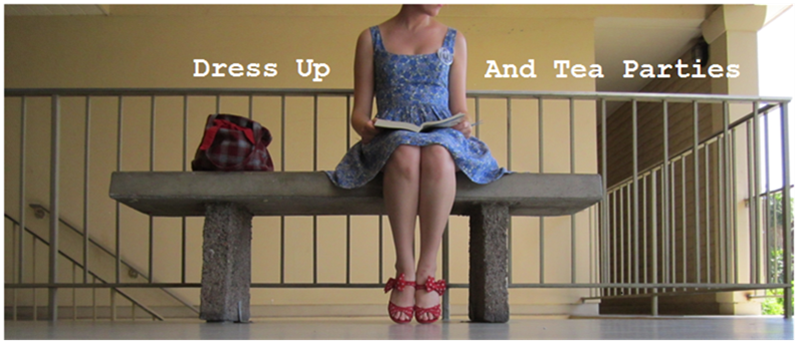Introduction:
Today, one of the greatest symbols of the Roaring Twenties is the new, independent woman that emmerged during the time: the flapper. This woman, who wore her hair to her chin, her skirts to her calf (or even higher), and who bared more skin than centuries of her predecessors, reflected the new world in which she lived and, in turn, was a large force in shaping her decade into what it inevitably became.
This unique decade, recognized as the decade in which America became modern (Dumenil 4), is completely different than the entirety of America’s previous history. The period started with the completion of World War I, the worst war the country, and perhaps the world, had ever seen up to that point. 53,000 young American men died, 6,900,000 lost around the world (Cohen, Bailey, and Kennedy 760), leaving the American youth’s innocence lost and searching for a way to make each day count, since the next may not come. This dark connection to death at the birth of the decade caused its population to search for pleasure more desperately than ever before. Technology which promised to make lives better was bought in enormous amounts, enabled by the new system of installment buying (Cohen, Bailey, and Kennedy 782). Sex became a frank subject, its privacy having been smashed open by Sigmund Freud and his ideas (Bailey, Cohen, and Kennedy 790). The age-old, Jeffersonian admiration for the life of the farmer and his values diminished as half of America’s population finally moved to the cities ,according to the 1920 Census Bureau (Dumenil 11), allowing America’s farmers to fail in favor of the big business of the cities (Cohen, Bailey, and Kennedy 806). Not all of the twenties moved whole heartedly into modernity, however. Also during this time, conservative America became a giant force through prohibition, the Ku Klux Klan, and immigration restriction (Dumenil 11). In general, American society departed from most defining characteristics of the Victorian Age as it entered into the twenties, replacing them with the modern values that triumphed throughout the remainder of the century and lasted into today’s world.
One of the greatest changes that occurred during the time, however, was within the clothes women began wearing. The clothes that immerged in the twenties broke the boundaries of what women’s fashion had been for centuries. The deliberate confinement of Victorian fashion was drastically abolished. Hair, instead of being piled ridiculously high on top of the head, was cut close to the chin (Hannel 58). Restrictive undergarments were eliminated (Hannel 57) and a slim, boyish figures became the style (Lesieutre 164). Skin on the arms and legs was even shown through sleevelss dresses, shorter skirts, and sheer pantyhose (Lesieutre 164). The new freedom granted to women through the evolved fashion of the twenties was a direct reflection of the changing values and mind-set of the decade, and, because of the forces behind this highly visible change in women, was a major factor in creating the conservative force that accompanied the progressive in the American nineteen twenties.




No comments:
Post a Comment